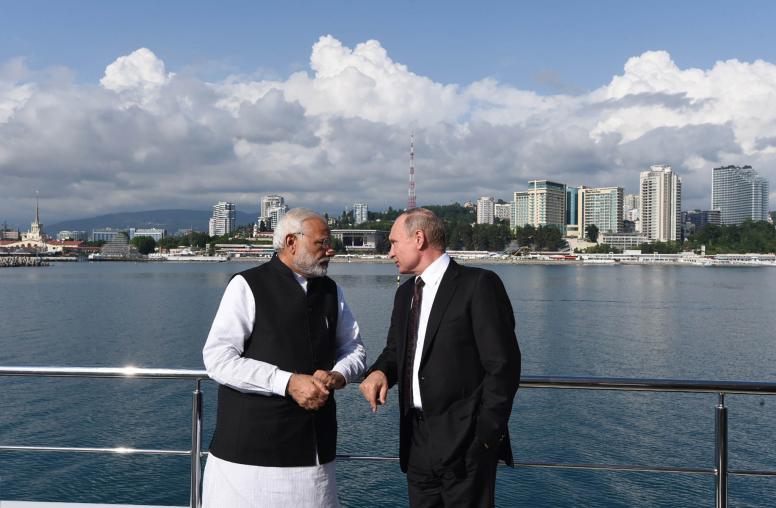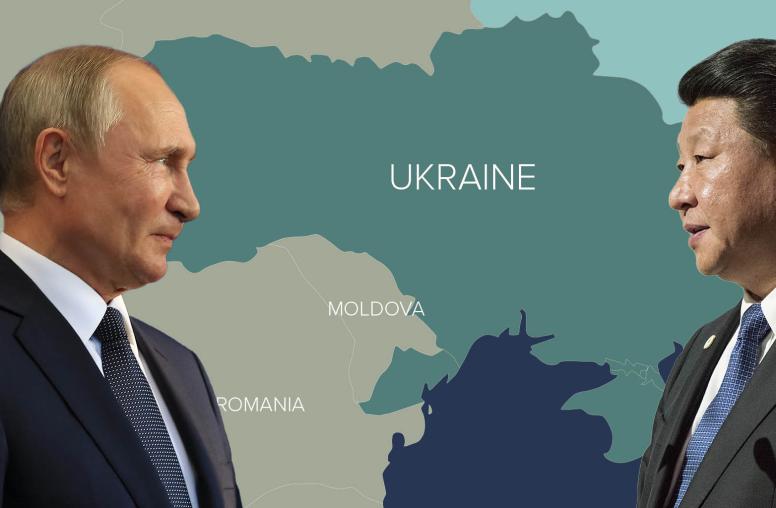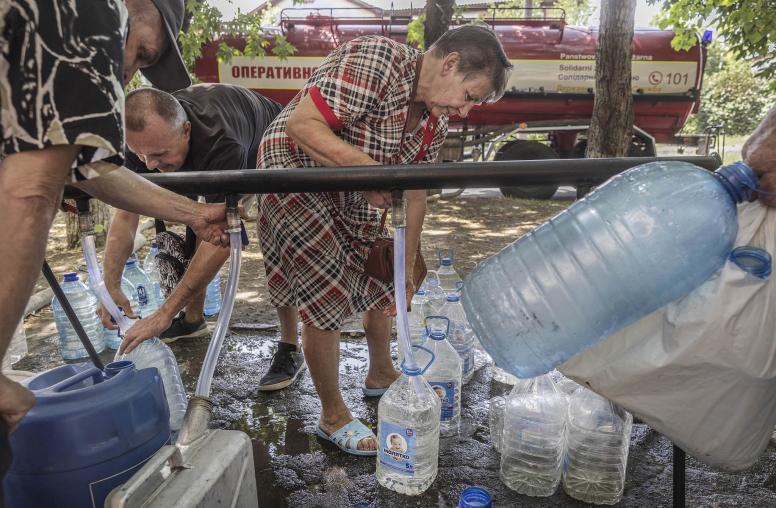The recently expanded U.S. sanctions against Russia, preparations for a massive Russian military exercise next door to NATO allies in September and a spike in casualties this year on the battlefields of Ukraine are powerful reminders of the threat posed to European and U.S. security of a conflict now in its fourth year. But the sanctions, together with a new envoy from Washington, set the stage for the U.S. to invigorate what has been a stalled peace process to end the war between Russia and Ukraine.
Any such efforts should be guided by the imperatives of Ukrainian sovereignty and regional stability.
Russia’s invasion of Crimea in March 2014 and subsequent armed aggression against the rest of Ukraine in Donbas violated the United Nations Charter and all post-Cold War agreements and commitments. Russia blocked the U.N. Security Council that month from adopting a resolution opposing Crimea’s illegal annexation, but just days later, the U.N. General Assembly voted 100 to 11 to condemn Russia’s invasion.
Since the war began, more than 10,000 Ukrainians have been killed and some 1.9 million have been forced to flee their homes and communities. The U.N. High Commissioner for Human Rights, Zeid Ra'ad al-Hussein, reported in June that U.N. investigators had documented 375 civilian casualties this year related to the conflict, including 67 deaths and 308 injuries. That’s a 74 percent increase over the same period last year.
For the rest of the continent, the conflict has raised the specter of Russian aggression against U.S. allies in NATO such at the Baltic states, created a drag on European economies and called into question a security regime that has prevented a war between major powers in Europe for over 70 years.
Germany and France have sought to resolve the conflict through a September 2014 peace agreement struck between Ukraine and Russia in Minsk, Belarus. But the effort has failed to stem the fighting.
Impressively, the European Union has steadfastly maintained economic and travel sanctions on Russian entities, despite attempts by leaders in Moscow to erode European solidarity. Russia’s resulting isolation weighs on its economy, worsening the effect of low oil prices. And now the impact is compounded by expanded economic and travel sanctions adopted by the U.S. Congress and signed by President Donald Trump for Russia’s aggression against Ukraine and its interference in last year’s U.S. election.
Such leverage could put Secretary of State Rex Tillerson’s new special representative for Ukraine negotiations, Ambassador Kurt Volker, in a strong position for a renewed U.S. effort on the peace process, with or alongside the existing European talks. Any new agreement should:
- Recognize the sovereignty of Ukraine and Russia based on established international borders.
- Ensure security for Ukrainians, Russians and others in the region.
- Encourage normal commercial relations among the countries of the region.
- Remain consistent with the commitments that have supported peace and prosperity in Europe, including the 1975 Helsinki Final Act that set standards on territorial integrity, human rights and other issues during the Cold War, and the 1990 Charter of Paris that outlined a post-Cold War order in Europe.
With increasingly tough sanctions, a remarkably united U.S. and European front, a newly energetic American diplomatic effort, and a surprisingly strong Ukrainian military, the stage is set to end this war in the heart of Europe through negotiations. Now we should act.



